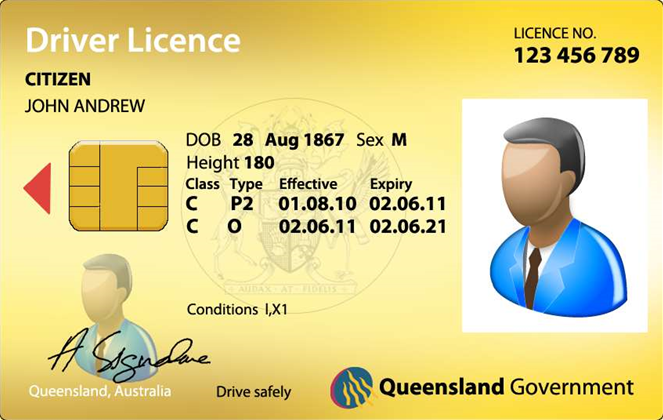The Queensland government will again try to modernise its ageing core registration and licensing system after postponing the project more than two years ago.

The Department of Transport and Main Roads first signalled its intention to move away from the IBM mainframe that runs the state’s transport registration and integrated licensing system (TRAILS) in 2012.
TRAILS was developed in the 1990s. It currently manages $2.8 billion in revenue each year, produces 3.4 million drivers licences and conducts 4.6 million vehicle registrations.
It has received a significant number of enhancements and extensions since it was developed, but the department has previously lamented its now monolithic architecture as “time consuming and expensive”.
TMR appealed to the market for advice on how it should replace what is the state’s “largest repository of personal information pertaining to Queenslanders” in November 2014, but was forced to push back the replacement two years later in order to pay for a suite of new public transport ticketing subsidies.
The total cost of the work has previously been estimated to cost in the vicinity of $60 million.
At the time TMR director-general Neil Scales told budget estimates it would be at least 2020 before the department resumed the overhaul.
“The existing system is very clunky, but it is very safe if it keeps on going. We have pushed TRAILS back to beyond the forward estimates,” he said.
However the department has revealed it is now looking to restart the project two years early, by seeking industry expertise on the first tranche of modernisation activities.
This first discovery phase aims to “pilot and prove the viability [of] component activities” before beginning to replace several legacy elements of its broader registration and licensing suite of applications, including TRAILS.
Systems include the road use management integrated information system (RUMIIS), BoatSafe and the heavy vehicle registration assessment scheme (HVRAS).
“The initial activities will confirm project scope, by conducting a high-level assessment of other systems which may be appropriate for inclusion,” tender documents state.
TMR hopes that modernising the 112 applications that make up the registration and licensing suite will “increase agility and responsiveness of ICT to changing customer and business needs, to reduce total cost of ownership of legacy applications, to reduce risk and reliance on legacy skills sets”.
It said it has already “identified a number of viable options to modernise the registration and licensing environment via a possible multi-year transformational program” through its previous procurement activity.
TMR hopes that the discovery process will be complete by July this year.



_(22).jpg&h=140&w=231&c=1&s=0)
_(20).jpg&h=140&w=231&c=1&s=0)




_(26).jpg&w=100&c=1&s=0)

 iTnews Executive Retreat - Security Leaders Edition
iTnews Executive Retreat - Security Leaders Edition












_(1).jpg&h=140&w=231&c=1&s=0)



